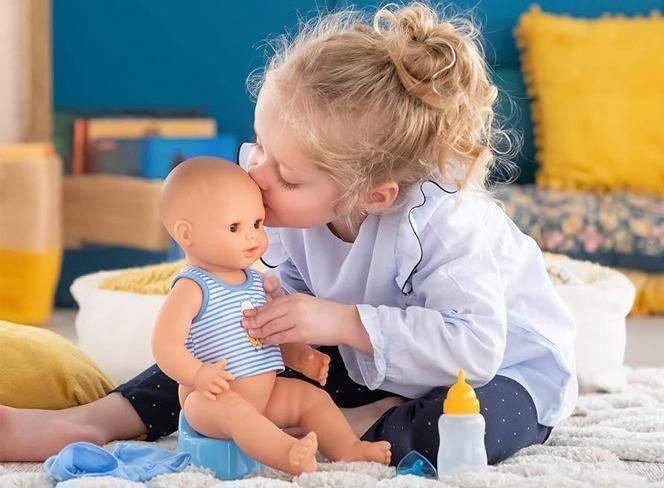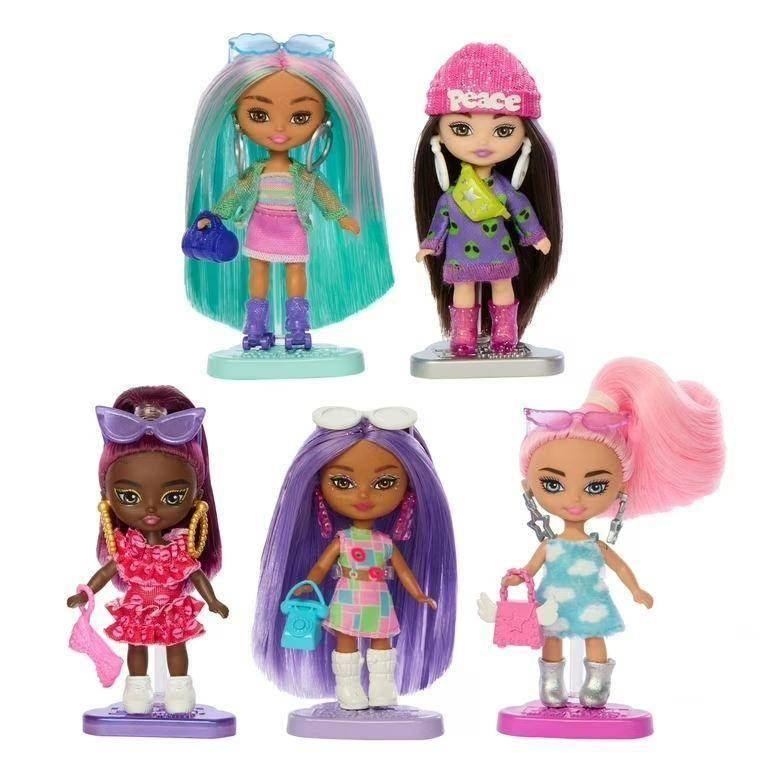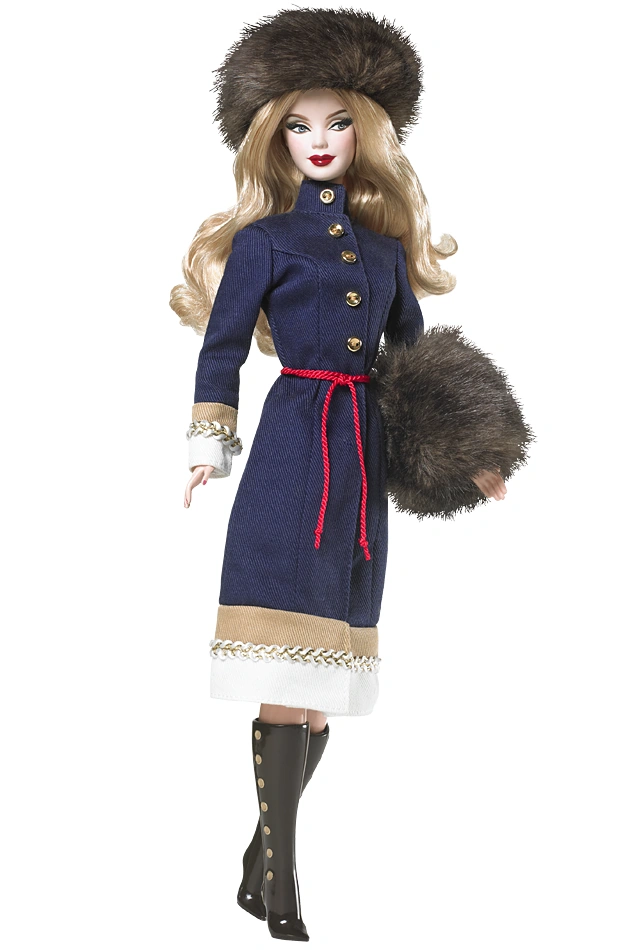
From soft plush toys to detailed collector figures like the real doll adult models, dolls come in countless styles, shapes, and sizes. With so many options available, choosing the right real doll for a girl’s age and interests can feel overwhelming. However, when matched well to developmental stages, dolls offer far more than entertainment—they support creativity, emotional growth, and learning. Whether selecting a cuddly companion for a toddler or a sophisticated real doll for an older teen, understanding what to look for at each age is key.
For toddlers, dolls should be simple, cuddly, and easy to handle. Look for soft-bodied dolls made from hypoallergenic fabrics, with stitched features rather than buttons or plastic parts. These dolls help little ones develop motor skills and a sense of nurturing as they mimic caregiving behaviors.
At this age, the doll becomes a comfort object. Choosing dolls that are machine-washable and lightweight ensures ease of use and cleanliness. Safety is the top priority, so avoid dolls with removable accessories or small parts.
Preschool-aged children are ready for dolls that offer more interactive elements. Dolls with basic clothing changes, accessories like toy bottles or beds, and even simple sound features can enrich pretend play. Roleplaying with dolls helps children explore emotions, routines, and relationships.
Brands that offer toddler-style dolls with colorful outfits and accessories are ideal. Some families introduce more detailed dolls at this stage, which are still durable but open up wider possibilities for creativity and storytelling.
Children in this age group start developing specific interests, and dolls can reflect their hobbies, cultures, and aspirations. Fashion dolls, themed characters (like mermaids or superheroes), and even multicultural dolls become popular choices.
Here, the introduction of higher-quality dolls—like collector-grade figures or mini-series characters—is common. While still used for play, children often begin displaying dolls or organizing them by theme. For more advanced collectors in this group, simplified versions of a real doll or specialty dolls might spark a growing interest in the hobby.
At this stage, dolls become a means of personal expression or artistic exploration. Teens may be drawn to dolls with customizable outfits, detailed accessories, and even articulated joints for posing or photography. Many start customizing or crafting accessories for their dolls, blurring the line between toy and art.
Collectible dolls, including real doll inspired designs, gain popularity for display and creative projects. These aren’t toys in the traditional sense, but items of self-expression, often showcased on social media or in carefully designed rooms. The real doll adult trend, in particular, appeals to older teens with an appreciation for realism and aesthetics.
For adults, dolls often serve as collector’s items, artistic subjects, or emotional tokens. The real doll adult category includes dolls known for their realistic proportions, handcrafted features, and customizability. These are not designed for play, but for display, photography, or artistic customization.
Adult collectors may seek out rare editions, limited releases, or handmade pieces. For some, dolls offer a connection to childhood; for others, they’re a creative outlet through customization, storytelling, or miniature world-building.
From the first plush companion to intricately crafted collector figures, dolls continue to offer value at every stage of life. Whether you're buying for a toddler, a tween, or exploring the world of real doll adult collectibles yourself, the right choice comes down to purpose, personality, and play style. Thoughtful selection ensures that every doll becomes more than a toy—it becomes a cherished part of a person's story.

